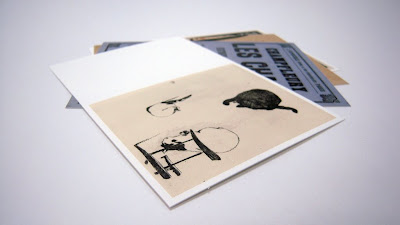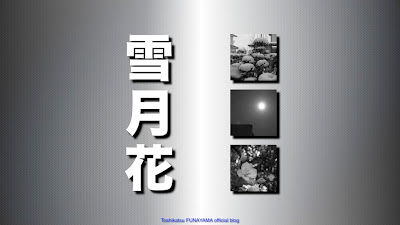『命と向き合うデザイン』
“想像力と創造力”
The noise get mixed in with a series of my thought. I want to do that. I want to do this. I have to do that. I have to do this. If there is the series of my thought in perfectly isolated space, the thought continue without a break. The imaginative power can change all things. You can image your desirable figure. You can image your fine figure. The imaginative power is the creative power to decide your value. 連続した思考に、 たまにノイズが紛れ込む。 あれをしたい、これもしたい。 あれをしなきゃ、これもしなきゃ。 でも、 それらとは完全に切り離された処に、 連続した思考が宿っているのだとしたら、 一続きの思考が流れていくはず。 全ては想像力で変えられる。 自らが描く、 自らの、 望ましい姿、 好ましい姿。 その想像力が、 自らの価値を決める創造力になる。 想像力・創造力

